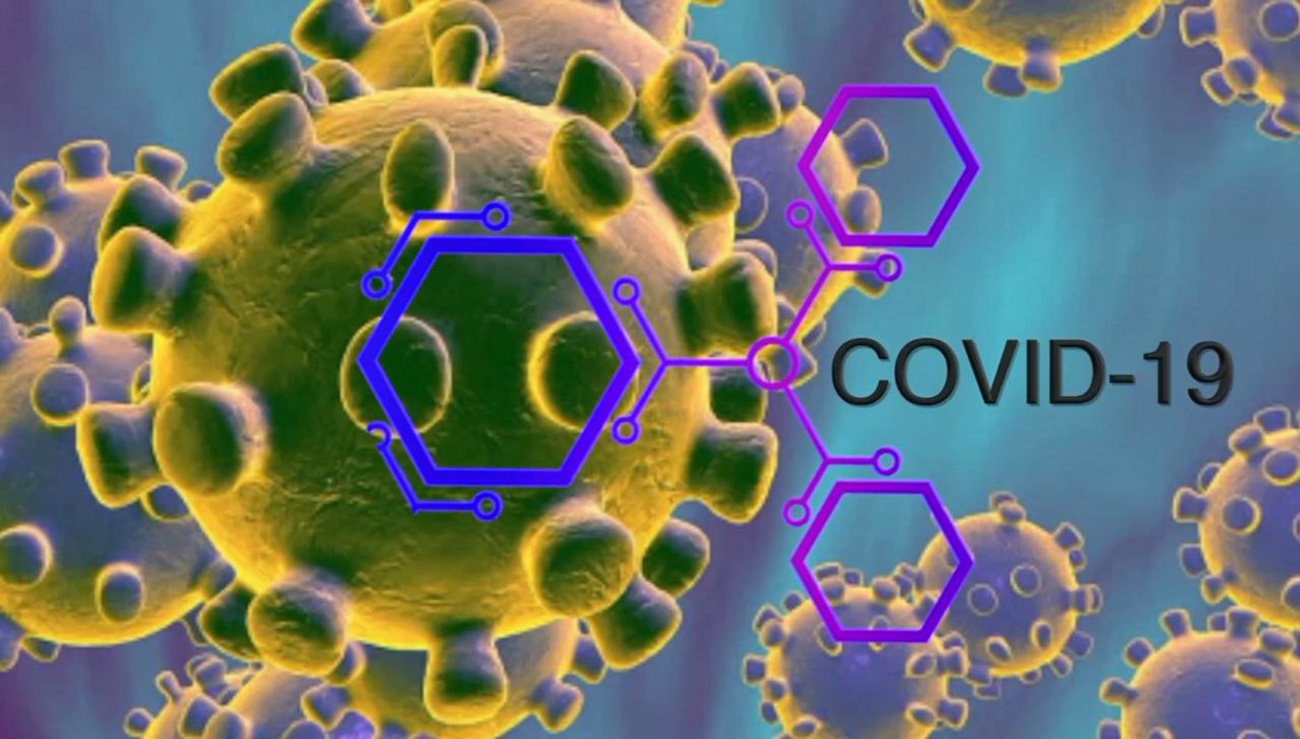
A Teaching Note for Model Selection and Validation
Abstract:
The model selection problem is always crucial for any decision making in statistical research and management. Among the choice of many competing models, how to decide the best is even more crucial for researchers. This small article is prepared as a teaching note for deciding an appropriate model for a real-life data set. We briefly describe some of the existing methods of model selection. The best model from the two competing models is decided based on the comparison of the limited expected value function (LEVF) or loss elimination ratio (LER). A data set is analyzed through MINITAB software.
Author(s):
K. Muralidharan, Department of Statistics, Faculty of Science The Maharajah Sayajirao University of Baroda, Vadodara 390 002, India
DOI:
Keywords:
References:
Atkinson, A. C. (1969). A method for discriminating between models, Journal of the Royal Statistical Society (B), 32, 323-353.
Akaike, H. (1974). A new look at the Statistical identification model. IEEE Trans. Auto. Control, 19, 716-723. http://dx.doi.org/10.1109/TAC.1974.1100705
Bain, L. J. and Engelhardt, M. E. (1991). Statistical analysis of reliability and life-testing analysis. Marcel Dekker, New York.
Bass, F. (1969). A simultaneous equation regression study of advertising and sales of cigarettes, Journal of Marketing Research, 6, 291-300.
Blattberg, R. C., and Sen, S. K. (1975). An evaluation of the application of minimum Chi-square procedures to stochastic models of brand choice, Journal of Marketing Research, 10, 421-427. http://dx.doi.org/10.2307/3149390
Carmone, F. H. and Green, P. E. (1981). Model misspecification in multi-attribute parameter estimation, Journal of Marketing Research, 18, 87-93.
Cox, D. R. (1962). Further results on tests of separate families of hypothesis, Journal of the Royal Statistical Society (B), 24, 406-424
Johnson, N. L., and Kotz, S. (1977). Urn models and their applications. John Wiley & Sons, New York.
Klugman, S.A., Panjer, H.H. and Willmot, G.E. (2008). Loss Models: From Data to Decisions, (Third Edition). Wiley Series in Probability and Statistics.
Larreche, J. C. and Montgomery, D. B. (1977). Framework for the comparison of marketing models: A Delphi study. Journal of Marketing Research, November, 487-498.
Little, J. D. (1979). Models and Managers: The concept of a decision calculus. Management science, 16, B466-B485.
Mosteller, F. and Tukey, J. W. (1968). Data analysis, including statistics, in handbook of Social Psychology, F. Lindzey and E. Aronson (Eds.), Vol.2, Reading, Mass.: Addison-Wesley.
Narasimhan, C. and Sen, S. K. (1983). New product models of test market data. Journal of Marketing,11-24.
Rust, R. T. (1981). A probabilistic measure of model superiority. Working paper 81-23, Graduate school of Business, University of Texas, Austin.
Smith, A. F. M. (1973). A general Bayesian linear model, Journal of the Royal Statistical Society (B), 2, 213-220.
Stone, M. (1974). Cross-valedictory choice and assessment of Statistical predictions. Journal of the Royal Statistical Society (B), 36, 111-147.




